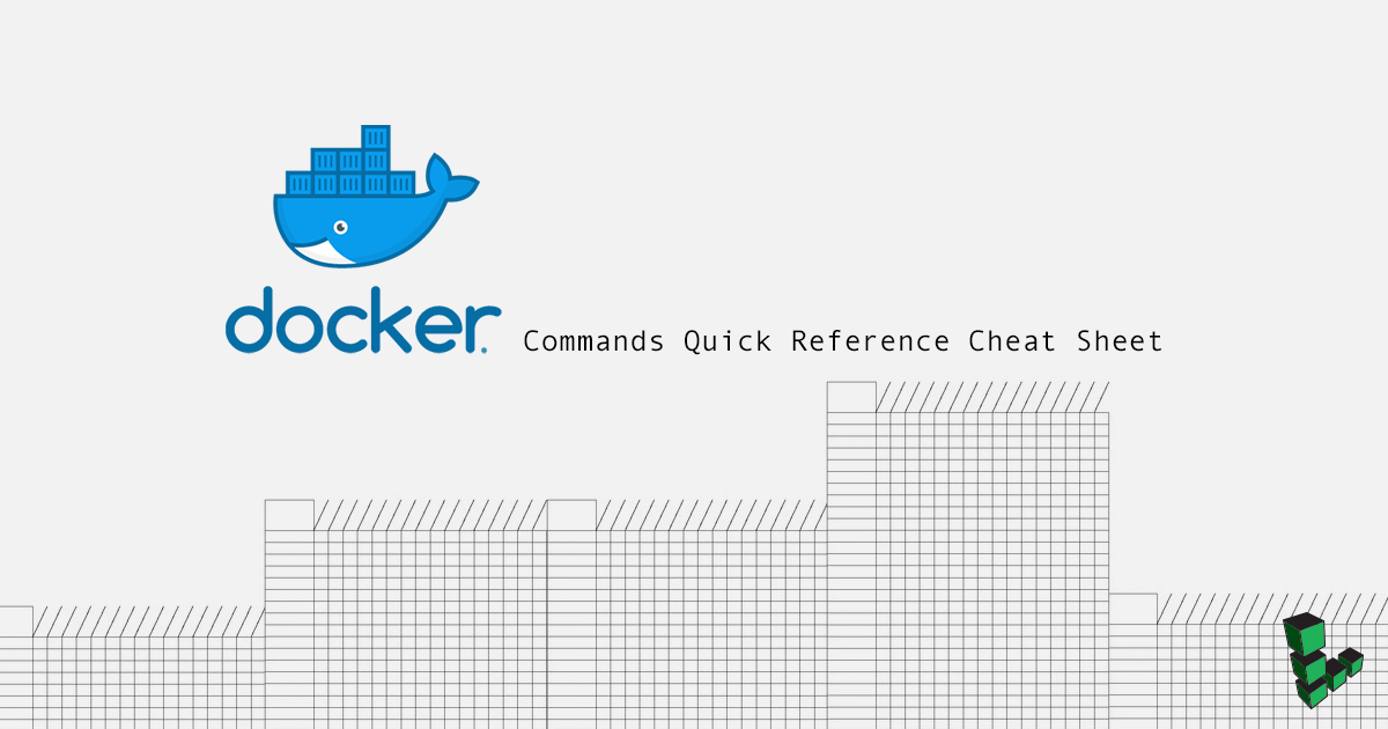Day 20 of #90DaysOfDevOps
 Basavaraj Teli
Basavaraj TeliTable of contents
- Docker installation and configuration on Ubuntu
- General Docker commands
- Manage Docker Images
- Docker Hub
- Manage Docker Containers
- Docker Volumes
- Create and manage volumes
- Start a container with a volume
- Using volumes from other containers
- Docker Networks
- Create and manage Networks
- Using network from other containers
- Docker Compose

Docker installation and configuration on Ubuntu
Download updates for already installed packages - sudo apt-get update
Update the already installed packages - sudo apt upgrade
Install Docker - sudo apt install docker.io
Check docker version - docker --version
Create a docker group if not present - sudo groupadd docker
Add current user to docker group - sudo usermod -aG docker $USER
Reboot your system for above changes to take effect - sudo reboot
Start docker - sudo systemctl start docker
Stop docker - sudo systemctl stop docker
Check Status of docker - sudo systemctl status docker
Enable docker on boot - sudo systemctl enable docker
INSTALLATION -- Docker Desktop is available for Mac, Linux and Windows https://docs.docker.com/desktop
General Docker commands
Get help with Docker, can also use –help on all subcommands - docker --help
Display system-wide information - docker info
List the port mappings for a container - docker port <container-name>
View resource usage statistics for one or more containers - docker stats
View the processes running inside a container - docker top
Save an image to a tar archive - docker save
Load an image from a tar archive - docker load
Manage Docker Images
List local images - docker images
Build an Image from a Dockerfile - docker build -t <image_name>
Build an Image from a Dockerfile without the cache - docker build -t <image_name> . –no-cache
Create image from running container - docker commit <container-name> <image-name>
Delete an Image - docker rmi <image_name>
Remove all unused images - docker image prune
To remove all the images forcefully - docker rmi -f $(docker images -q)
Docker Hub
Login into Docker - docker login -u <username>
Publish an image to Docker Hub - docker push <image_name>
Search Hub for an image - docker search <image_name>
Pull an image from a Docker Hub - docker pull <image_name>
Manage Docker Containers
List all running docker containers - docker ps
List all running and stopped/exited containers - docker ps -a
Run a container from a image - docker run <image> OR
docker run -d -it --name <container-name> -p <host-port>:<container-port> -e <environment-variable>=<value> <image-name>
To stop a running container - docker stop <container-name>
To start a stopped container - docker start <container-name>
To remove the stopped container - docker rm <container-name>
docker attach <container-name> - To access the container in interactive mode, it will connect to the standard input/output of the main process inside the container.
docker exec -it <container-name> /bin/bash - To access the container in interactive mode, it will create a new process in the containers environment.
docker inspect <container-name> - Display detailed information on one or more containers.
Fetch and follow the logs of a container: docker logs -f <container-name>
To stop all the running containers at once - docker stop $(docker ps -a -q)
To remove all the stopped containers at once - docker rm $(docker ps -a -q)
Docker Volumes
Create and manage volumes
Create a volume: docker volume create my-vol
List volumes: docker volume ls
Inspect a volume: docker volume inspect my-vol
Remove a volume: docker volume rm my-vol
Start a container with a volume
Docker Volume Mount
docker volume create my-vol2
docker run -d --name devtest --mount source=my-vol2,target=/app nginx:latest
docker run -d --name devtest -v my-vol2:/app nginx:latest
Bind Mount
#Create a directory : mkdir -p /path/to/directory/
docker run -d --name devtest --mount source=/path/to/directory/,target=/app nginx:latest
docker run -d --name devtest -v /path/to/directory/:/app nginx:latest
Using volumes from other containers
Create the first container
docker run -d --name db -v app_data:/data database-image:latest
Create the second container
docker run -d --name backup --volumes-from db backup-image:latest
Docker Networks
Create and manage Networks
Create a network: docker network create -d bridge my-network
List networks: docker network ls
Inspect a network: docker network inspect my-network
Remove a network: docker network rm my-network
Using network from other containers
Create the first container
docker run -d --name=my-container1 --network=my-network busybox
Create the second container
docker run -d --name=my-container2 --network container:my-container nginx
Docker Compose
Show version information and quit - docker-compose version
Build or rebuild services - docker-compose build
Create and start containers - docker-compose up
Stop and remove resources - docker-compose down
Start services - docker-compose start
Stop services - docker-compose stop
Pause services - docker-compose pause
Unpause services - docker-compose unpause
List containers - docker-compose ps
Execute a command in a running container - docker-compose exec
View output from containers - docker-compose logs
List images - docker-compose images
Subscribe to my newsletter
Read articles from Basavaraj Teli directly inside your inbox. Subscribe to the newsletter, and don't miss out.
Written by

Basavaraj Teli
Basavaraj Teli
Aspiring DevOps engineer, working on DevOps projects to gain practical knowledge. I write technical blog post on DevOps to share my knowledge with fellow tech enthusiasts.